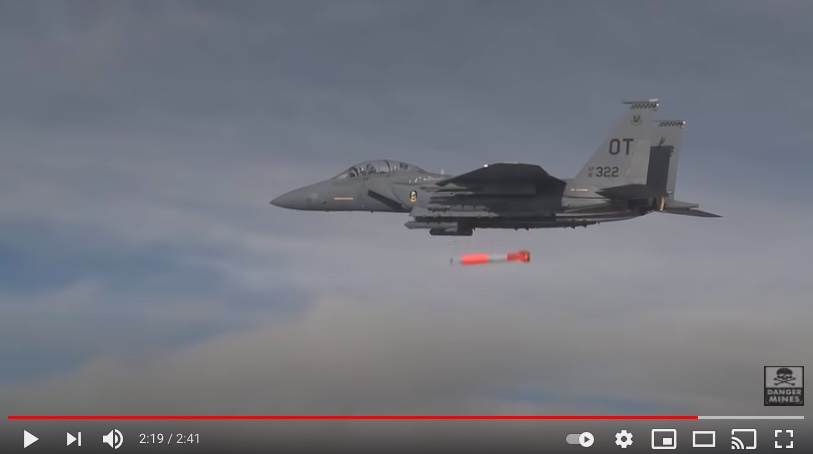
As of January 1 of this year, under the UN Charter, nuclear weapons have been declared illegal — both their possession and their use — putting them in the same status as chemical and biological weapons, but because none of the 86 signatory nations have nukes, and because all of the nine nations that do have nuclear weapons have refused to to sign or honor that treaty, the sad truth is that there is no functioning treaty currently between or among nuclear-armed states limiting nuclear arms in the world.
The only real agreement that existed in the past limiting such weapons was the Strategic Arms Reduction Treaty negotiated by Presidents Ronald Reagan and Michail Gorbachev and approved by the US Senate in 1991. That groundbreaking treaty lapsed on Feb. 5. And though Presidents Biden and Putin both told each other and stated publicly that they’d like to extend it for five years, that has not been done.
That treaty, actually part of a continuing process, gradually reduced the number of allowable nuclear warheads, bombs and missile, aircraft and submarine delivery systems over several decades so that by 2018, both countries were limited to about 1500 warheads and active delivery systems. Lest you think that was a great situation, remember that 3000 nukes, or even 1500 if only one country got its weapons launched in a surprise, are enough to destroy not just the target country, but the attacking country and the rest of the world too as a result of fallout and nuclear winter.
President Obama did a work-around anyhow of even that treaty by proposing and winning congressional approval for a “modernization” program for the US nuclear arsenal, a program which involves upgrading or creating new replacements for some US missiles and bombers as well as warheads themselves, on the mostly bogus claim that the aging nukes, missiles and planes might not be reliable. Actually, the “modernization” has included the creation of new more modern warheads that have a ‘dialable” feature allowing the explosives to be “set” at different levels of explosive power. The upgraded B-61 bomb, a mainstain of US nuclear weaponry, for example, can be adjusted to explode with a force of as much as 340 kilotons, which is more than ten times the power of the bomb that destroyed Nagasaki, or as little as 0.3 kilotons, or less than a tenth of the power of the two bombs the US dropped on Japan.
Useable Nukes!
Now one must ask: Why on earth would the US need a nuclear weapon that would produce such a tiny explosion? It would certainly not be needed in any kind of all-out nuclear war, when mass destruction is the object. The answer, of course, is that the US war machine and its proponents in the State Department and national security apparatus want a so-called “useable’ nuke that could be used in some future non-nuclear conflict supposedly so it wouldn’t spark a wider nuclear conflagration.
Am I the only one who thinks that is nuts?
The Obama nuclear modernization scheme, which was continued apace under the Trump administration, looks to be continuing under the new Joe Biden presidency…
This article by DAVE LINDORFF is being published jointly in a cooperative arrangement between ThisCantBeHappening! and Tarbell, two investigative journalism news outlets dedicated to publishing information not reported, or poorly covered by the mainstream corporate media. To read this article in its entirety, please go to: www.tarbell.org
